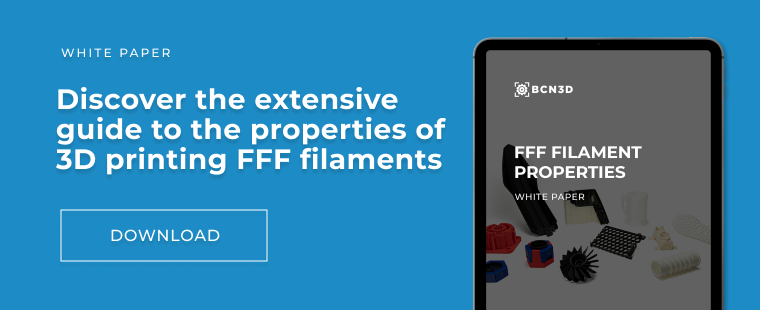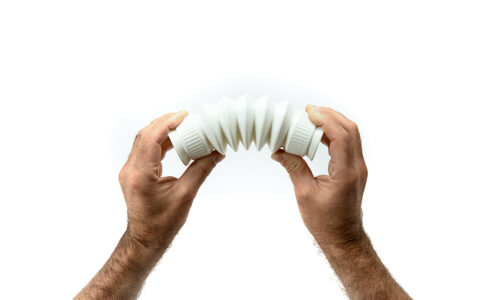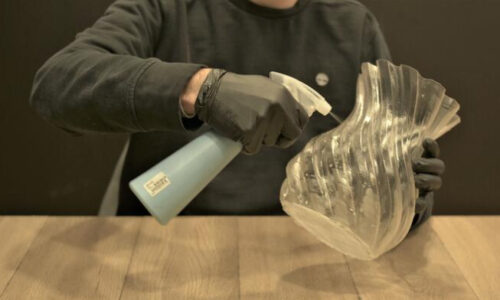PLA 3D Printing: The most common material used and how to print it
PLA is one of the most common materials used in FFF 3D printing due to its versatility and how easy to print it is. You can use it for a lot of applications and it’s very affordable in comparison to other 3D printing materials. In this article, we are gonna give some tips and tricks on how to print PLA 3D Printing.
We are going to divide this article into the next sections:
- What is PLA and which are its properties?
- Basic PLA 3D Printing settings
- Recommendations
What is PLA and which are its properties?
PLA or PolyLactic Acid is a plastic material commonly used in FFF or FDM 3D printing as it is cheap, accessible, and very easy to print. It has a large range of applications, especially the ones that don’t require high thermal or mechanical resistance.
So let’s start talking about its aesthetic properties; PLA presents a detailed and glossy surface finish. Although there are some PLAs on 3D Printing that present a more matte color, the big majority of PLAs will be shiny. You can find a wide range of colors of PLA, including transparent or even multicolor PLA. Here at BCN3D, we offer 12 different PLA colors, to cover all your needs.
If we go more in deep into its mechanical properties, PLA, while being a material with good flexibility, also presents a rigid and fragile behavior. It also has a good UV resistance so you can use PLA parts for outside applications. It is water resistant and odor free, so it’s ideal for educational and office environments.
When it comes to its thermal resistance, PLA can withstand temperatures up to 50ºC. So if you are planning to use your printed parts in a space exposed to high temperatures, maybe PLA is not the material you want to be using.
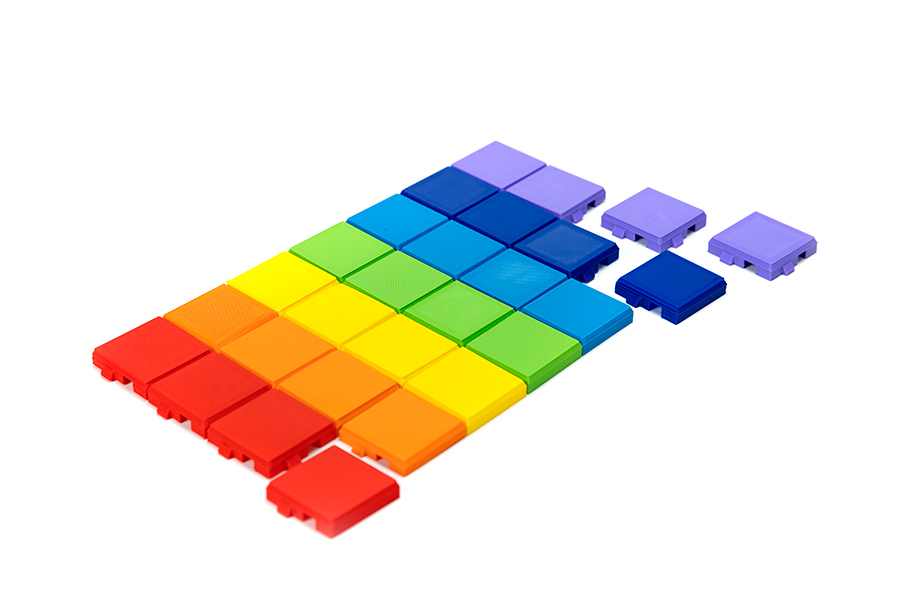
Basic PLA 3D Printing settings
As you may already know, when it comes to 3D Printing there are a lot of things to consider before printing, no matter what material you are using. But if we are talking about a specific material, you will have to know the basic printing settings and parameters in order to achieve the best result. Of course, there are multiple types of PLA, and depending on the manufacturer these settings can change. So in this section, we are going to give the best settings for BCN3D PLA.
The first setting and the most important one when printing any material is the printing temperature. Knowing the exact printing temperature for your type of PLA will help you prevent all kind of extrusion problems and achieve the best surface quality on your printed part. When talking on BCN3D’s PLA, you can set a printing temperature at around 200ºC. Of course, depending on the room temperature you’ll have to modify this value a tiny bit, but setting a 200ºC extrusion temperature for our PLA should work in all cases. You can always try to print a temperature tower in order to find which temperature fits best your PLA.
Another temperature setting very important when setting up your print is the build plate temperature. This one will help you achieve the best quality on the first layers of your print job, and as you should know, the first layer is the most important one when PLA 3D Printing. A value of 45ºC should work if you are trying to print in a closed printer such as the BCN3D Epsilon. On an open one, you can increase this temperature to 60ºC in order to get the perfect first layer.
When it comes to the printing speed, you can set it up at a value of 50 mm/s. It is really important to understand that if you want to decrease the printing time of your print, this value is not the best to modify in order to do so. You can change other settings as the infill, the wall number or the layer height to accelerate your print job. For the retraction speed, a value of 35 mm/s should be enough to avoid any retraction issues while printing. Also, be sure to set up the retraction distance to 6.5 mm in order to prevent filament grinding.
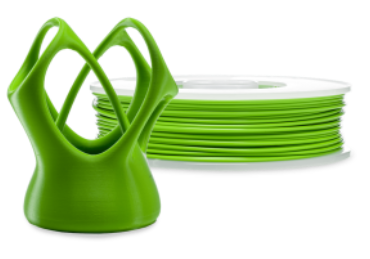
Recommendations
Once you have already set up the basic parameters for PLA 3D Printing, we can give you a few more tricks and recommendations so that you can achieve the best result on your print job.
Remember that plastic absorbs moisture from the air, so if your filament has been exposed to humidity for a long time you could have some problems while printing with it. Be sure to store it in a non-humidity place like a plastic bag or dehumidifier every time you finish a print so you can prevent this issue.
Try to print in a well-ventilated area when you are using PLA as, even if it is odor free, it can emit low levels of gas and particles. So this would help you maintain a healthy environment.
And finally, be sure to always apply a thin layer of Magigoo onto the printing surface before every print job, to ensure good adhesion and help prevent some issues such as warping or elephant foot. Try to apply the glue before the printer bed gets heated up, and you can always use skirt or brim if the model geometry doesn’t have much surface in contact with the printing surface.
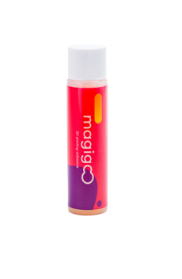
Conclusions
Printing with PLA is very useful and easy but keep in mind these tricks. Remember to check the printing temperature of your PLA and never surpass the parameters values that we just gave to you. If you follow these recommendations you will achieve the best result on any of your prints, and if you need some extra assistance visit our knowledge base.

